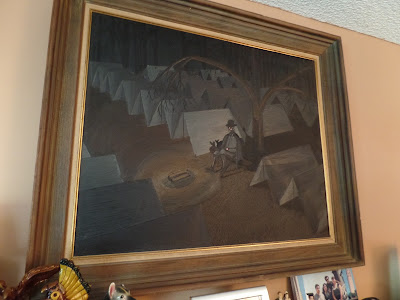Harley and the Davidsons. An intimate glimpse at the birth of Industrial America.
 |
| photo source: Discovery channel |
I just caught this three part miniseries and I am very impressed. The period of innovation that existed as the 1880's was ending and the new Century was approaching is amazing. There was an explosion of new technology and new thinking that ultimately ushered in our Modern Era. There seemed to be so much opportunity for an individual to enter into these new industries and leave their mark.
This series recreates an era that has largely been ignored by television and movies. The industrial birth of modern America. The important early years of manufacturing motorcycles at the dawn of the Twentieth Century. Not only is it fantastic to see these early motorcycles brought to life and in action racing across the countryside, it is fantastic to see the process of manufacturing brought to vivid life.



